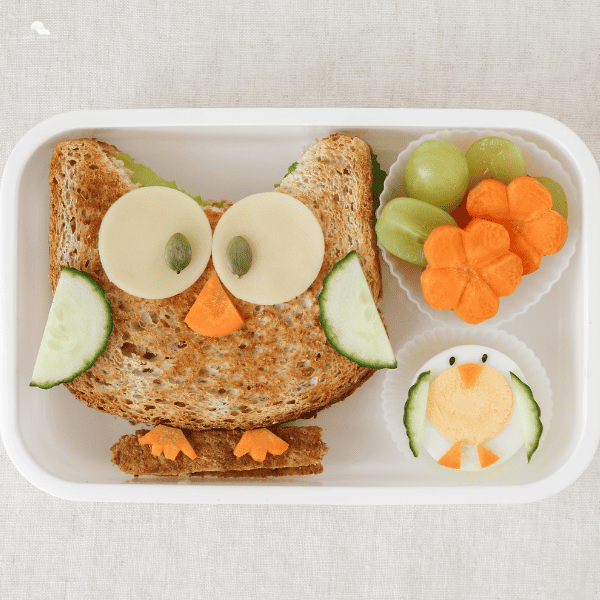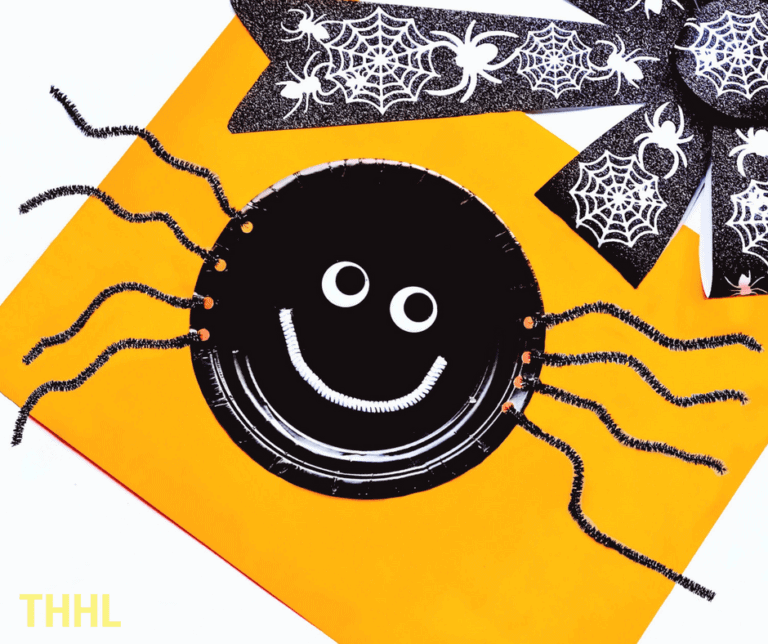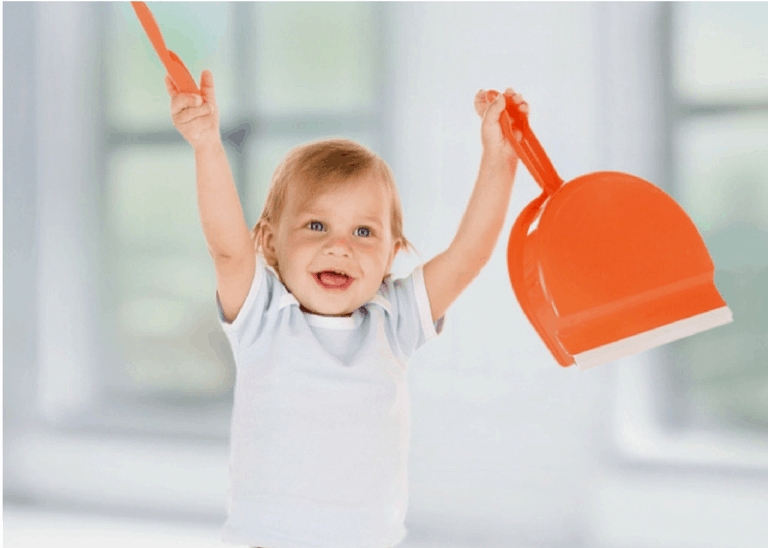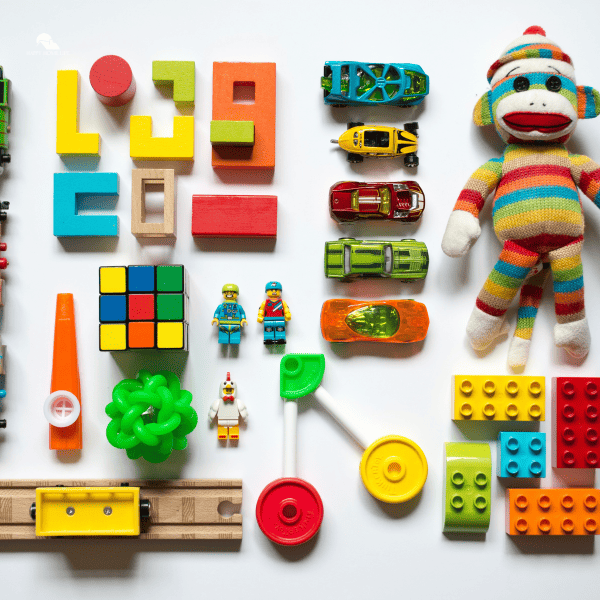In many homes around the world, dogs aren’t just pets; they’re part of the family.
As members of the household, they have a significant influence on the learning environment for children.
Contrary to popular belief, incorporating dogs into your kids’ learning journey can be an enriching experience.
The trick is to strategize on how to create a mutually beneficial living situation for both your children and the canine member of your family.
In this comprehensive guide, we’ll focus on three key aspects: choosing a home design conducive for pets, primarily those with sliding doors; preparing your home for a new pet, and tailoring a learning atmosphere suitable for both your child and the dog.

Homes With Sliding Doors: The Intersection Of Function And Safety
One of the most overlooked aspects when balancing pet ownership and child-rearing is the design of the home itself.
Homes with sliding doors offer a unique blend of functionality and safety that caters to both children and dogs.
Sliding doors provide easy access to outdoor spaces, are often easier to operate for little hands, and offer a modern aesthetic that brightens up the living space.
However, the advantages extend beyond mere appearance or convenience.
Finding An Online Guide On Breeds That Work Well With Sliding Doors
Before even introducing a dog into a home with sliding doors, it’s essential to research which breeds are best suited for this type of living environment.
There are relevant online guides that specifically delve into this topic, providing insights into which dog breeds are comfortable with the mechanics and space allowances that sliding doors provide.
These guides often analyze how different breeds interact with sliding doors, considering factors such as size, temperament, and energy levels.
Taking the time to consult these resources will not only help you make an informed decision but also ensure a smoother integration of your new pet into your family home.

The Safety Measures For Kids And Dogs
When you have both children and pets in the same home, safety is a paramount concern. Sliding doors usually come with safety locks or can be modified to include them, preventing unsupervised access to outdoor spaces.
For smaller dogs or puppies, a pet gate or barrier can also be installed near the sliding door area to ensure they can’t wander outside unattended.
In a similar vein, teaching your children about the proper way to open and close these doors can help prevent accidental injuries to either the pet or themselves.
Educational Benefits Of Sliding Doors
Sliding doors can serve as a stimulating focal point for a child’s learning experience at home.
They offer a view of the outside world, piquing a child’s curiosity about nature, weather, and even simple physics.
You can make observations about the rain, discuss why leaves fall in autumn, or explain how the sliding mechanism works.
Dogs, too, can benefit from the sensory stimuli that come with the shifting scenes outside a sliding door, providing yet another mutual advantage of this design choice.
Preparing For A New Pet: The Roadmap To Responsible Ownership
Before bringing a new dog into your home, a comprehensive preparation plan can make the transition smoother for everyone involved.
This includes preparing your kids for the responsibilities that come with pet ownership and taking necessary health precautions for the animal.

Financial Planning For Pet Ownership
In the planning stage for introducing a new pet, financial considerations can’t be overlooked.
It’s a topic worth discussing with your kids as an educational exercise in budgeting and planning.
Factor in the costs of food, grooming, regular vet visits, and emergency healthcare.
Discussing the financial aspects with your children not only prepares them for the responsibility but also offers practical knowledge in financial planning and resource management.
Introducing The Concept Of Pet Responsibility To Kids
Children are often excited at the prospect of having a pet, but it’s crucial to ensure they understand the responsibilities involved.
This can be accomplished through conversations, storytelling, or even role-playing exercises that emulate the tasks they’ll be required to carry out.
This educational preparation aids in nurturing a child’s empathy, responsibility, and understanding of commitment.
Health Precautions And Veterinarian Visits
Before the dog’s arrival, schedule a visit to the veterinarian for a comprehensive health check-up, vaccinations, and parasite prevention.
Preemptively discuss with your kids why these steps are vital and how they contribute to the well-being of their new furry friend.
Taking health precautions is an educational experience in itself, imparting valuable lessons in responsibility and compassion.
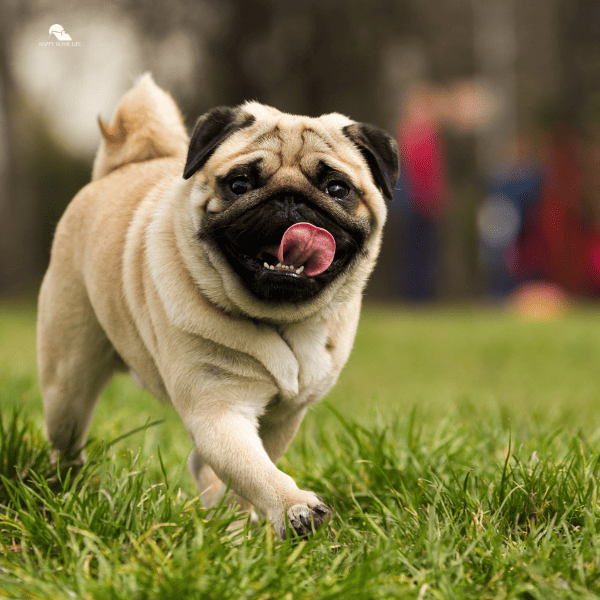
Interactive Learning Through Play
Introducing games and activities that require both the child and the dog to interact can be an excellent way for them to learn together.
Whether it’s a simple fetch game that teaches your child about force and motion or an indoor obstacle course that aids in understanding spatial awareness, the opportunities are endless.
Interactive Learning Through Play
Introducing games and activities that require both the child and the dog to interact can be an excellent way for them to learn together.
Whether it’s a simple fetch game that teaches your child about force and motion or an indoor obstacle course that aids in understanding spatial awareness, the opportunities are endless.
Everyday Learning And Routine
Both children and dogs thrive on routine. Incorporating learning into daily tasks like feeding time or walks can make these activities more engaging and educational.
For example, while measuring food for the dog, children can practice their counting and measurement skills, subtly enhancing their math capabilities.
Social And Emotional Learning Through Pet Care
Dogs can play a crucial role in helping children develop social and emotional skills.
Engage your child in activities that require teamwork with the dog, like a ‘treasure hunt’ in the yard where both have to work together to find hidden treats.
These cooperative tasks can help children understand the importance of communication, patience, and empathy, not just towards animals but also towards people.
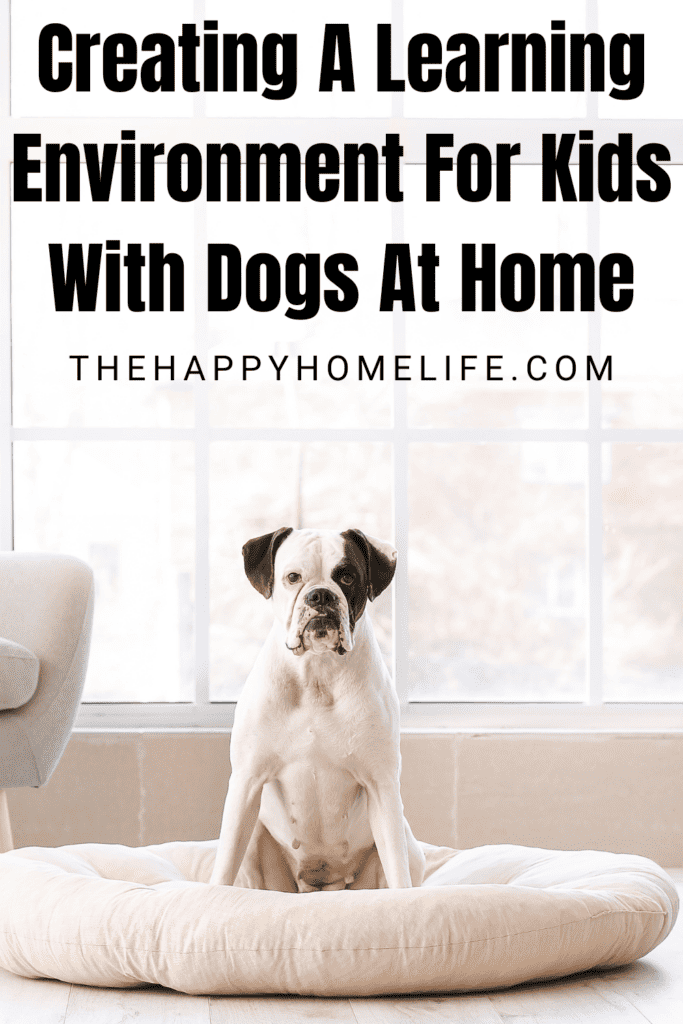
Final Remarks
In summary, creating a harmonious and educational environment for kids and dogs is entirely achievable with some thoughtful planning and commitment.
With the right resources, safety measures, and interactive routines, your home can become a nurturing place that encourages the intellectual and emotional growth of both your children and your four-legged family member.

